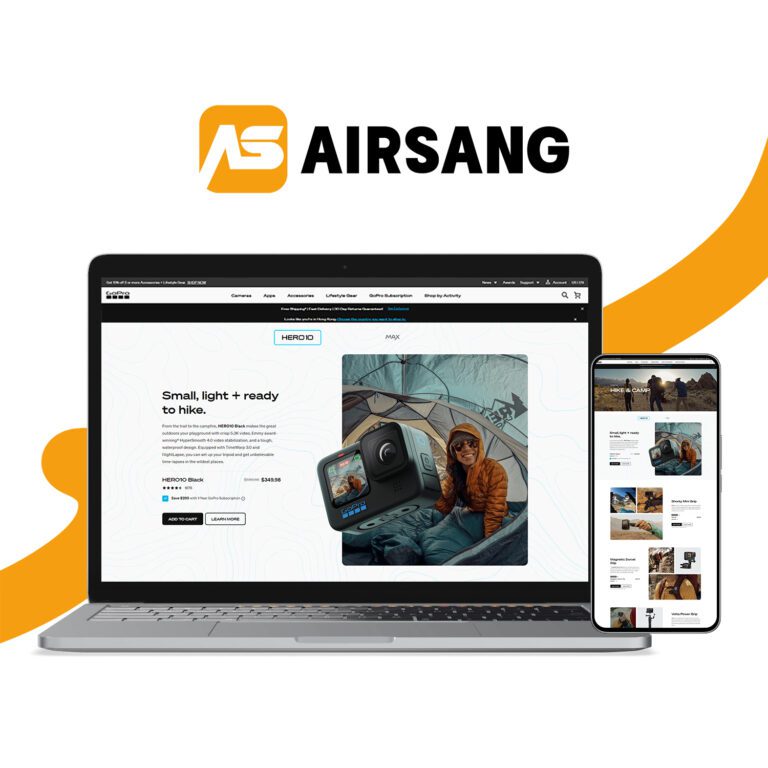WordPress Pflege: Maintenance Tips You Need

Introduction
WordPress is a popular CMS powering millions of websites, but it needs regular maintenance to ensure optimal performance, security, and functionality. This process, known as WordPress Pflege, is crucial for your site’s long-term success. In this guide, we’ll explore the best practices for maintaining your WordPress website effectively.
Why WordPress Pflege Is Crucial for Your Website
Regular WordPress maintenance ensures that your website runs smoothly, stays secure, and provides a positive user experience. Over time, neglecting maintenance can lead to slow performance, security vulnerabilities, and a poor user interface. Implementing a consistent maintenance routine will help prevent issues from arising and save you time and effort in the long run.
Key Aspects of WordPress Pflege
To keep your WordPress website running efficiently, here are the key areas you should focus on during your maintenance routine:
1. Regularly Update WordPress Core, Themes, and Plugins
One of the most important aspects of WordPress Pflege is ensuring that your WordPress core, themes, and plugins are always up to date. Updates often include important security patches, bug fixes, and new features that help improve your site’s performance.
- WordPress Core: WordPress developers constantly release updates to fix bugs and security vulnerabilities. Ignoring these updates can make your website an easy target for hackers.
- Themes and Plugins: Plugins and themes are essential for adding features and functionality to your WordPress site. Outdated plugins or themes can cause compatibility issues, security risks, and bugs. Always keep them updated to avoid potential problems.
2. Backup Your Website Regularly
Backups are an essential part of any website maintenance strategy. They ensure that your data is safe in case of unforeseen issues such as hacking, server failures, or accidental data loss. WordPress offers various backup plugins that make the process easy and automated.
- Automatic Backups: Set up automatic backups on a regular schedule to ensure your website data is safely stored.
- Backup Storage: Store backups in secure cloud storage services like Google Drive, Dropbox, or remote servers. This ensures that your backups are easily accessible when needed.
3. Optimize Your Database
As you continue to add content, media, and plugins to your WordPress website, your database can become bloated. A bloated database can slow down your website and affect performance. Regular database optimization removes unnecessary data and improves site speed.
- Database Cleanup: Use plugins like WP-Optimize or WP-Sweep to clean up your database, removing old post revisions, spam comments, and other unnecessary data.
- Database Optimization: Optimize your database tables for faster query processing and better overall performance.
4. Ensure Website Security
Security is one of the top concerns for any website owner. WordPress websites are often targeted by hackers due to their popularity. Regular maintenance can help prevent security breaches and keep your website safe.
- Update Security Plugins: Install and update security plugins like Wordfence or Sucuri to protect your site from malware, brute-force attacks, and other threats.
- Use Strong Passwords: Ensure that all accounts related to your website, including admin accounts, have strong, unique passwords. Avoid using common words or predictable patterns.
- Limit Login Attempts: Use security measures to limit login attempts and reduce the risk of unauthorized access.
5. Monitor Website Performance
Website performance is crucial for user experience and SEO rankings. Slow websites can lead to high bounce rates and negatively impact your site’s visibility in search engines.
- Use Caching: Enable caching with plugins like WP Rocket or W3 Total Cache to speed up your website.
- Optimize Images: Large image files can slow down your website. Use plugins like Smush or ShortPixel to compress and optimize images without losing quality.
- Minify CSS and JavaScript: Minify CSS and JavaScript files to reduce page load times. This can be done easily using plugins like Autoptimize.
6. Regularly Check Broken Links
Broken links on your website not only create a poor user experience but also harm your site’s SEO. Search engines like Google may penalize websites with a significant number of broken links.
- Use Link Checkers: Plugins like Broken Link Checker help you identify and fix broken links on your site.
- Regular Audits: Make it a routine to check for broken links and fix them as soon as possible to keep your site user-friendly and SEO-friendly.
7. Test Website Compatibility
Ensure that your WordPress site functions properly across various browsers and devices. Compatibility issues can lead to a poor user experience and may cause users to leave your site.
- Cross-Browser Testing: Test your website on all major browsers (Chrome, Firefox, Safari, Edge) to ensure it looks and functions as expected.
- Mobile Compatibility: Check your website’s responsiveness on mobile devices. Over 50% of web traffic now comes from mobile devices, so ensuring a mobile-friendly site is crucial.
Tools and Plugins to Make WordPress Pflege Easier
Here are some tools and plugins to help you maintain your WordPress website more effectively:
Wordfence: A powerful security plugin that helps protect your site from hacking attempts.

UpdraftPlus: A popular backup plugin for automating backups.

Yoast SEO: A comprehensive SEO plugin for optimizing your website’s content.

WP-Optimize: A plugin for optimizing your WordPress database.

Conclusion
Maintaining your WordPress website is essential for keeping it secure, performing well, and providing a great user experience. Regular updates, backups, security measures, and performance optimizations are all crucial aspects of a successful maintenance strategy. By implementing these best practices, you can ensure that your website remains efficient, secure, and user-friendly.
This article was shared by Airsang Design.
















